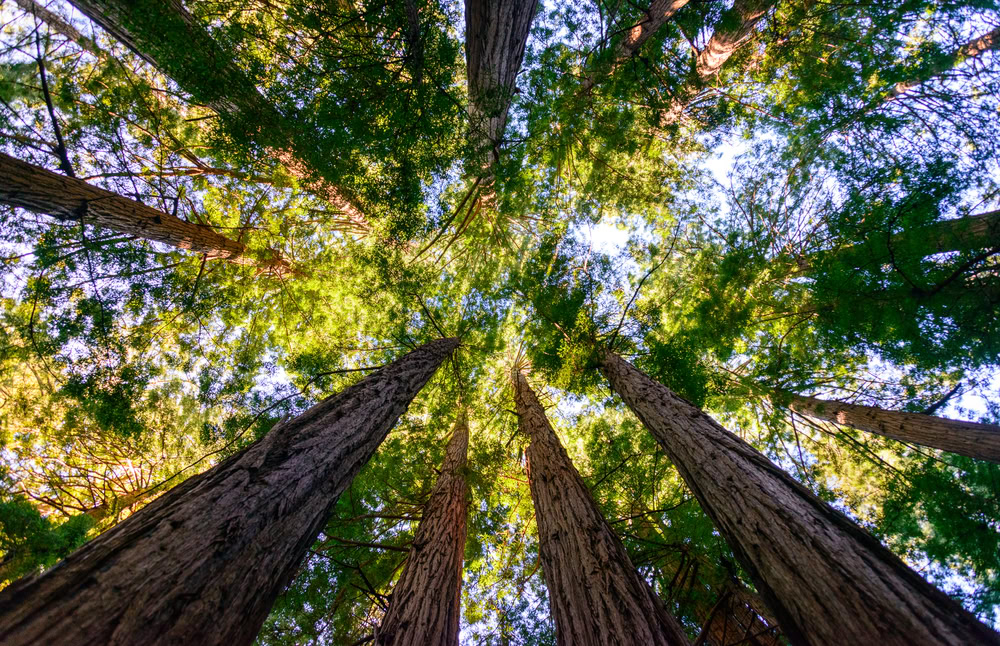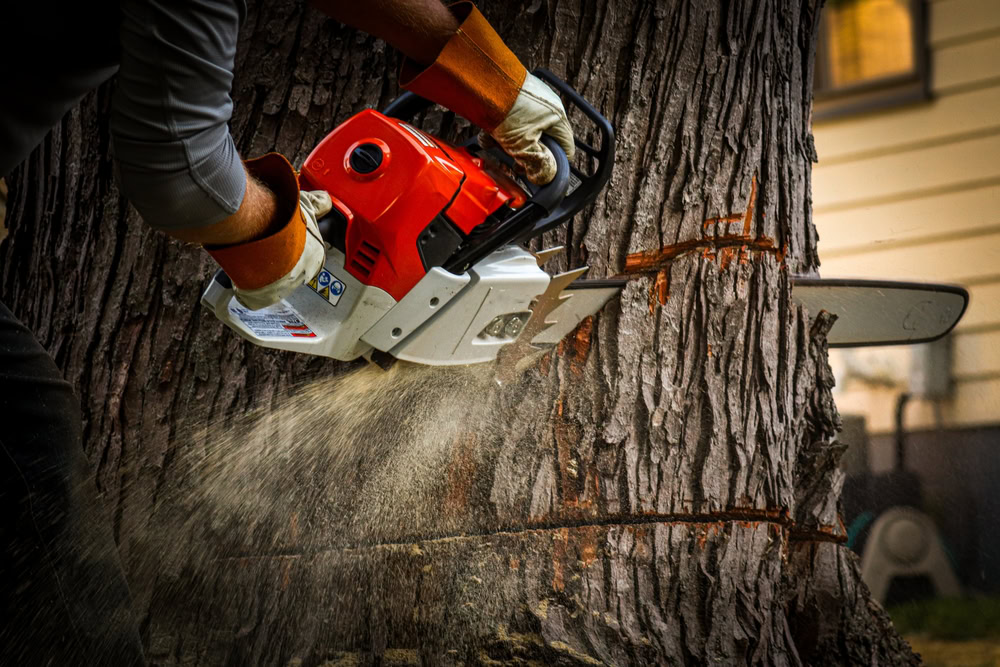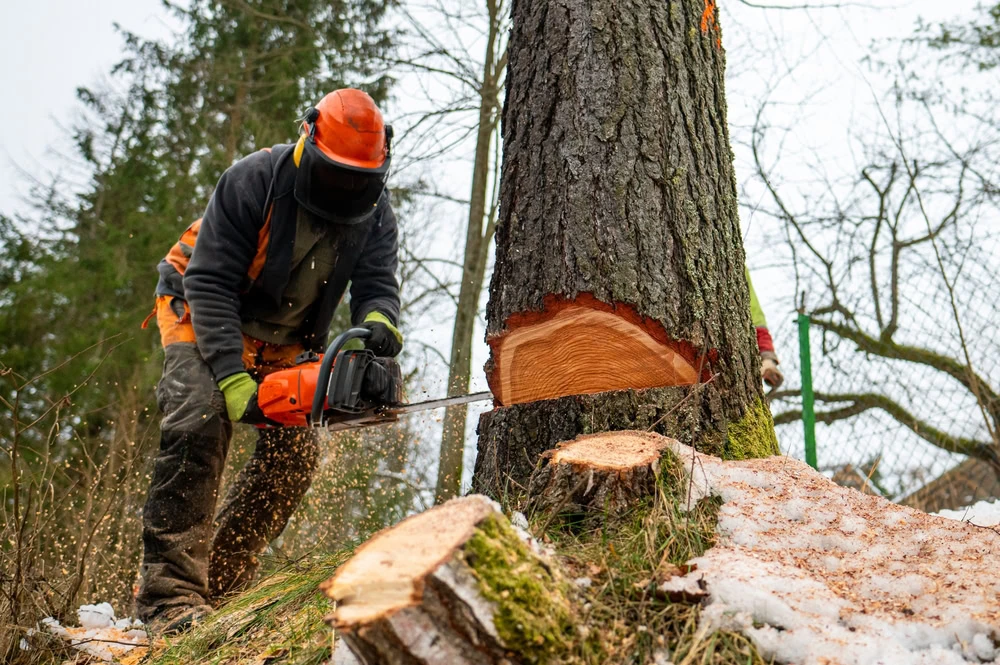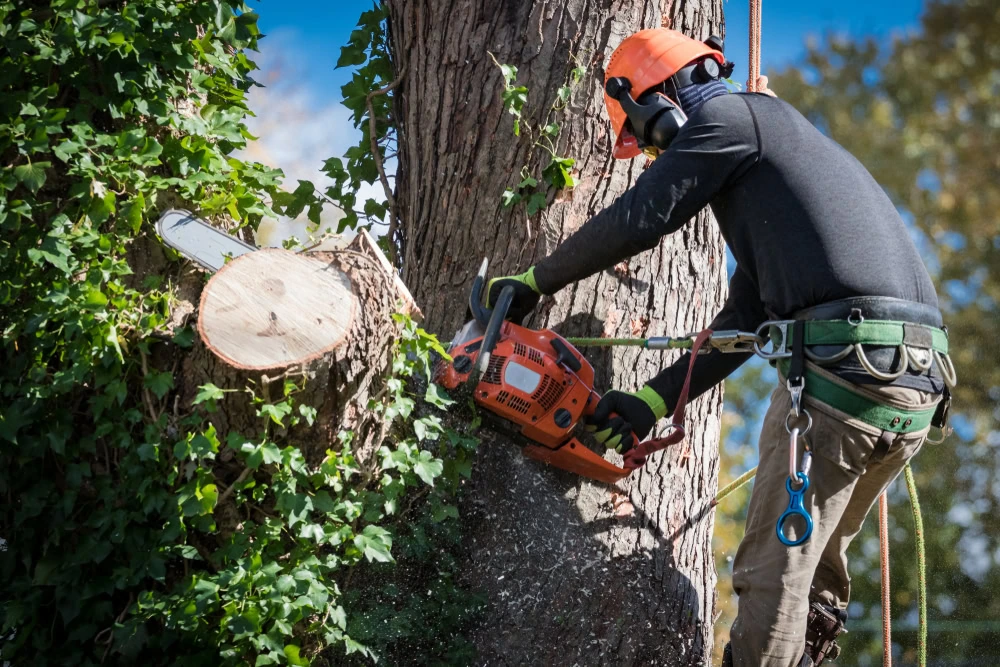Tree Services in Northwest Harbor, NY
Trees Handled Right the First Time
Professional tree care that protects your property and keeps your landscape healthy year-round.

Hear from Our Customers

Professional Tree Care Northwest Harbor
When your trees are properly maintained, you sleep better during storms. No more worrying about branches crashing into your roof or power lines going down in your yard.
Your landscape looks intentional instead of overgrown. Neighbors notice. Property values reflect the care you put into your outdoor space.
Dead trees get removed before they become liability issues. Healthy trees get the pruning they need to stay strong for decades. You get the peace of mind that comes from working with people who know what they’re doing.
Local Tree Company Northwest Harbor
Green Light Tree Services has been handling tree care across Long Island for years. We understand how coastal weather affects your trees and which species thrive in this area.
Every crew member is trained in proper tree care techniques. We carry full licensing and insurance because tree work involves real risks that require real protection.
When you call, you’re working with people who live and work in these communities. We understand the standards Northwest Harbor residents expect and deliver accordingly.

Tree Service Process Northwest Harbor
First, we come out to assess your trees and discuss what needs to happen. You get a clear explanation of the work and upfront pricing with no surprises.
Our crew arrives with proper equipment and gets to work efficiently. We protect your property with tarps and barriers, then handle the tree work using industry-standard techniques.
Cleanup is part of the job. All debris gets removed, and your property is left clean. If it’s an emergency situation, response time is prioritized to prevent further damage.

Ready to get started?
Complete Tree Services Northwest Harbor
Tree removal handles everything from small ornamental trees to large oaks threatening your home. We have equipment for safe removal even in tight spaces near structures.
Tree trimming and pruning keeps your trees healthy while removing hazardous branches. Proper cuts promote healing and prevent disease entry points.
Emergency tree service responds quickly when storms damage trees or create immediate safety hazards. Stump grinding eliminates trip hazards and clears space for new landscaping.

